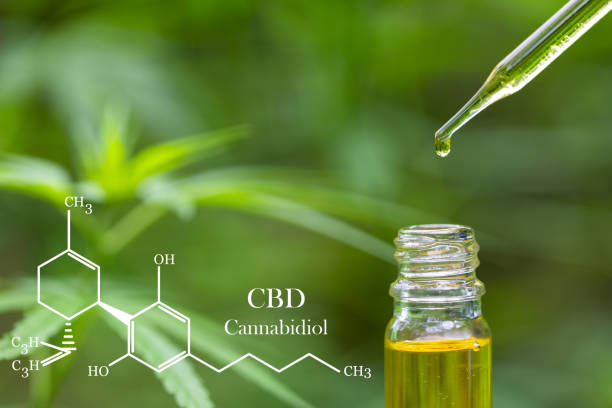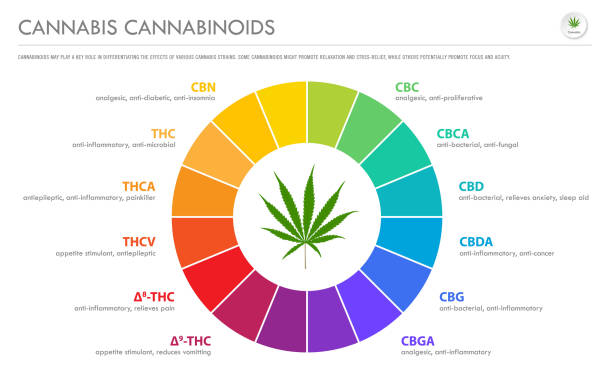Unlocking the Potential of Medical Marijuana: A Comprehensive Guide to Cannabinoids and their Benefits
With the legalization of Cannabis cannabinoids in Canada, more and more people are turning to medical marijuana to treat a wide range of conditions and symptoms. At the heart of this revolution are the active compounds found in the cannabis plant, known as cannabinoids. In this blog post, we’ll take a closer look at the medical benefits of cannabinoids.
THC
Cannabinoid are a diverse class of chemical compounds that interact with the body’s endocannabinoid system (ECS) to regulate various physiological processes, including pain, appetite, mood, and sleep. The two most well-known cannabinoids are tetrahydrocannabinol (THC) and cannabidiol (CBD).
Effects
THC is the compound responsible for the plant’s psychoactive effects and is used to treat conditions such as chronic pain, nausea, and muscle spasticity. CBD, on the other hand, is non-psychoactive and is often used to treat anxiety, inflammation, and seizure disorders. Other lesser known cannabinoids such as CBG, CBN, THCV are also been studied for their medicinal properties.
Medical Benefits
Research on the medical benefits is still in its early stages, but studies have shown promise in treating a wide range of conditions, including cancer, multiple sclerosis, and post-traumatic stress disorder (PTSD). For example, a recent study found that CBD may be effective in reducing symptoms of PTSD, while another study found that THC may be useful in treating symptoms of glaucoma.
How Many are there
There are over 144 known cannabinoid, and they are all different. Some are found naturally in the plant, while others have been found in various other plants or in burned cannabis resin. Still, the way that these chemicals are produced often entails a chain of chemical transitions from one cannabinoid to another.
In other words, some cannabinoids start out as one cannabinoid and then are converted by the plant or by a person into another. For example, THC begins in the cannabis plant as CBGA—the plant converts into THCA and then when you heat it by sparking up, it turns into THC. If you notice similar names for two different cannabinoid, they are likely part of the same chain of transformations.
These changes might be slight when it comes to the chemical structure, but these small shifts can cause big differences when it comes to the medicinal effects. As cannabinoid transform from one form to another, their level or type of psychoactivity and their specific therapeutic effects may change.
These cannabinoids won’t all work the same, and different cannabinoids activate the ECS in a variety of ways.
Grassroots
It’s important to note that cannabis is now legal in Canada and with the opening of Grassroots Cannabis Store at 398 University west windsor, patients can easily access the medical marijuana and the different types of cannabinoids that they need. With ongoing research and a better understanding of the science behind cannabinoid, we may unlock the full potential of medical marijuana in the near future.
In conclusion, the medical benefits of cannabinoid are vast and diverse, with many different types of cannabinoids available to treat a wide range of conditions and symptoms. With the legalization of cannabis in Canada and the opening of Grassroots Cannabis Store at 398 University west windsor, patients can now easily access the medical marijuana they need to improve their quality of life.
Cannabinoids 101: A List of Cannabinoids and Their Effects (cannigma.com)
Cannabinoids: Benefits, Side Effects, Dosage, and Interactions (verywellhealth.com)
